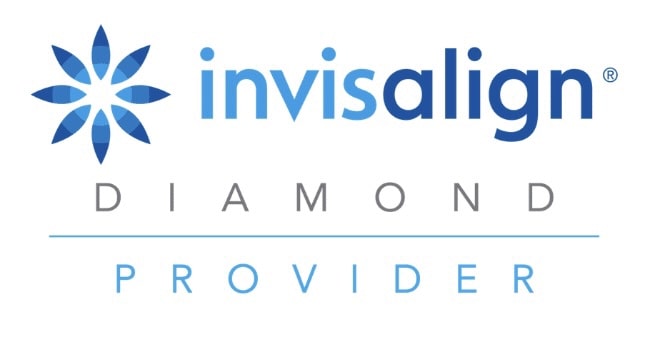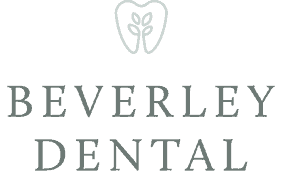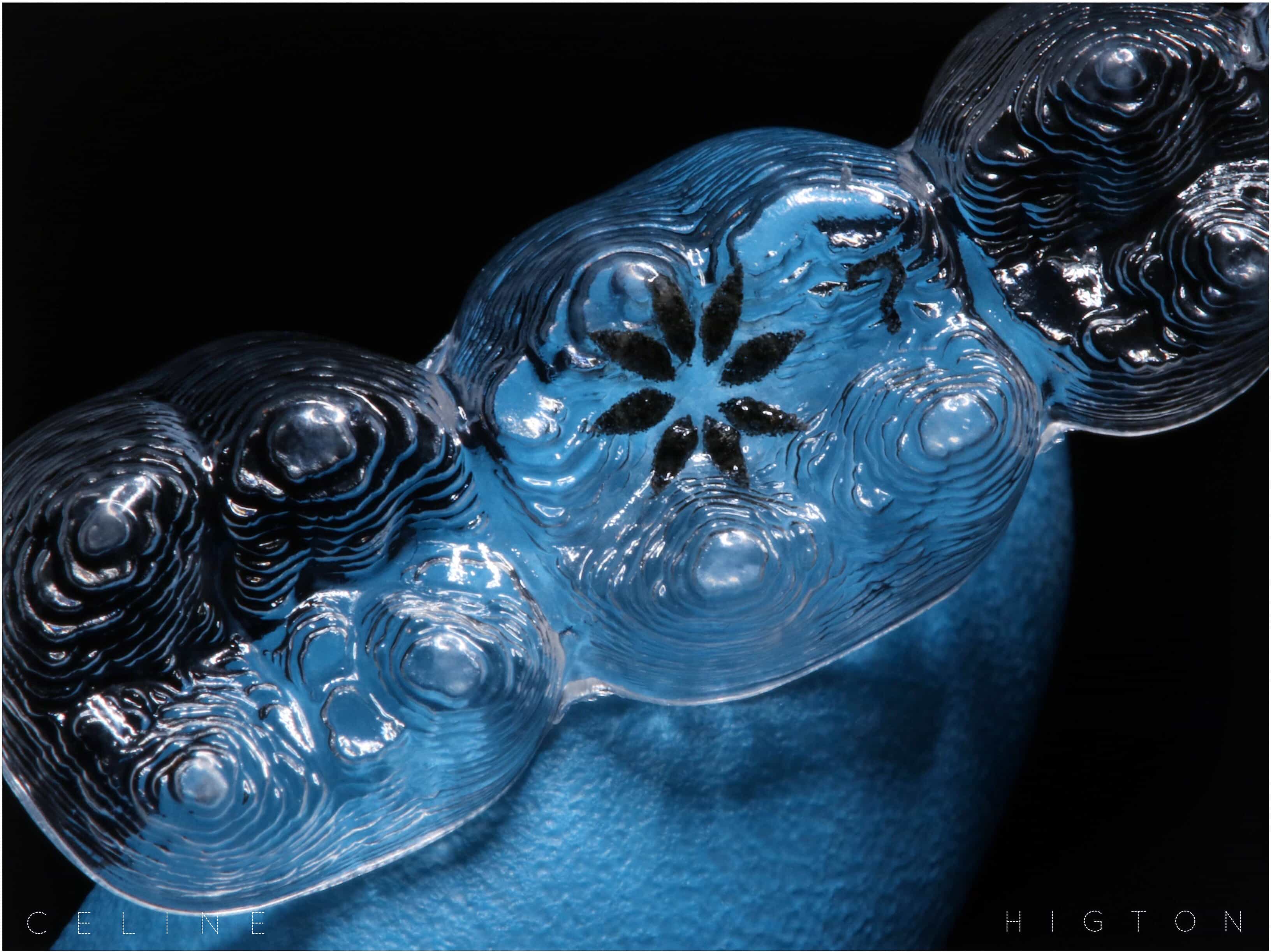
Invisalign Dentistry: Pricing
Invisalign Raynes Park - Frequently Asked Questions
What is Invisalign, and how does it work?
Invisalign is a modern orthodontic treatment designed to straighten teeth using clear, removable aligners. Unlike traditional braces, it uses a series of custom-made, transparent aligners that fit snugly over the teeth and gradually shift them into their desired position.
How Invisalign Aligners Work
The Invisalign system works through a series of custom-made aligners, each slightly adjusted to encourage tooth movement. The aligners are worn for 1-2 weeks at a time before progressing to the next set.
Clear Aligner Technology
Each aligner is made from a patented SmartTrack material, which offers a precise fit and controlled tooth movement. The transparent nature makes them discreet, making Invisalign a popular choice for adults and teens seeking subtle treatment.
Gradual Tooth Movement
Every aligner is designed to apply gentle, controlled pressure on specific teeth. Over time, this continuous pressure encourages gradual tooth repositioning without the need for metal brackets or wires.
Custom Treatment Planning
The process begins with a digital scan or impression of the teeth, which helps create a personalised treatment plan. Advanced 3D imaging software maps the entire process, from the current position to the desired outcome.
Digital Imaging
Using 3D scanning technology, dentists can create a precise model of the teeth, ensuring a highly customised fit for each aligner.
Step-by-Step Progression
Each set of aligners is worn in sequence, gradually shifting the teeth into alignment over the course of the treatment.
Invisalign offers a comfortable, discreet, and effective way to achieve a straighter smile, making it suitable for many patients seeking orthodontic treatment.
Why choose Invisalign over traditional braces?
Invisalign offers a modern alternative to metal braces, providing a comfortable and discreet way to straighten teeth. It appeals to those seeking effective orthodontic care without the visibility or restrictions often associated with traditional braces.
Key Advantages of Invisalign
Invisalign aligners offer several unique benefits that make them a preferred choice for many patients compared to fixed braces.
Discreet Appearance
Invisalign aligners are virtually invisible when worn, making them ideal for adults and professionals who prefer a subtle orthodontic solution. The clear design allows for confidence during treatment.
Comfortable Fit
Made from smooth SmartTrack material, Invisalign aligners reduce the risk of irritation commonly caused by metal brackets and wires. The absence of sharp components makes them gentler on the gums and cheeks.
Convenience and Flexibility
Invisalign aligners are designed to fit into your lifestyle without significant disruptions.
Removable Design
The aligners can be removed for eating, drinking, brushing, and flossing, allowing greater flexibility compared to fixed braces. This removability also simplifies oral hygiene maintenance during treatment.
Fewer Dental Visits
Invisalign treatment generally requires fewer check-up appointments since there are no brackets to adjust. Dentists often provide multiple sets of aligners at once, reducing the frequency of visits.
Effective and Predictable Results
Invisalign treatment uses advanced technology to plan and visualise results from the start.
3D Treatment Planning
Digital scans and advanced imaging software create a precise treatment roadmap, allowing patients to see projected results before starting.
Targeted Tooth Movement
Each aligner is engineered for specific tooth movements, ensuring controlled and efficient progress throughout treatment.
Invisalign combines aesthetics, comfort, and effectiveness, making it a compelling choice for patients seeking a modern orthodontic solution.
How long does the Invisalign treatment typically take?
The duration of Invisalign treatment varies depending on the complexity of the case and individual patient needs. On average, most treatments take between 6 to 18 months to achieve optimal results.
Factors Affecting Invisalign Treatment Time
The length of treatment is influenced by several key factors, including the severity of misalignment and patient compliance.
Complexity of the Case
Minor adjustments, such as closing small gaps or correcting mild crowding, may take as little as six months. More complex cases involving significant misalignment or bite correction can extend the timeline.
Consistency of Wear
Aligners must be worn for 20 to 22 hours per day to be effective. Inconsistent wear can delay progress and extend the overall treatment duration.
Stages of the Invisalign Process
The treatment timeline is structured into distinct stages, ensuring gradual and controlled tooth movement.
Initial Consultation and Treatment Planning
The process begins with a consultation where digital scans are taken to map out the entire treatment plan. Patients receive a clear projection of the expected duration.
Aligner Progression
Patients switch to a new set of aligners every 1 to 2 weeks, with each set gradually shifting the teeth closer to the desired position.
Post-Treatment Retention
Once the main treatment phase is complete, retainers are provided to maintain the results and prevent teeth from shifting back.
Vivera Retainers
Invisalign often recommends Vivera retainers, made from the same SmartTrack material, for long-term retention.
Retention Duration
Retainers are typically worn full-time for the first few months, gradually transitioning to nighttime wear for long-term stability.
While individual timelines may vary, consistent aligner wear and following professional guidance can help patients achieve results as efficiently as possible.
Who is a good candidate for Invisalign?
Invisalign is suitable for many individuals seeking a discreet and effective solution for teeth straightening. However, the best candidates are those with mild to moderate orthodontic concerns who can commit to wearing the aligners as prescribed.
Ideal Candidates for Invisalign
Invisalign can address various alignment issues, making it a versatile treatment option for many patients.
Mild to Moderate Crowding
Patients with slightly misaligned or crowded teeth can benefit significantly from Invisalign, as the aligners can gradually reposition teeth for a more even smile.
Spacing Issues
Invisalign is effective in closing small gaps between teeth, improving both aesthetics and dental function.
Minor Bite Irregularities
It can correct mild cases of overbite, underbite, crossbite, and open bite, though more severe bite issues may require alternative orthodontic solutions.
Who May Not Be Suitable?
While Invisalign is effective for many, it may not be the best solution for everyone.
Severe Orthodontic Cases
Patients with complex malocclusions, significant bite issues, or teeth requiring major rotation may be better suited for traditional braces or a combination treatment.
Young Children
Since the aligners require consistent wear and responsibility, young children who may struggle with compliance are often not ideal candidates.
Commitment Requirements
Successful treatment relies on patient cooperation and adherence to the treatment plan.
Wearing Aligners Consistently
Aligners should be worn for 20-22 hours daily for optimal results, with removal only for eating, drinking (except water), and oral hygiene.
Regular Follow-Up Visits
Patients must attend periodic check-ups to monitor progress and receive new aligners, ensuring the treatment stays on track.
Consulting with a qualified dental professional is essential to determine whether Invisalign is the right treatment for your unique dental needs.
How often should I wear my Invisalign aligners?
For optimal results, Invisalign aligners should be worn consistently for 20 to 22 hours per day. This ensures continuous tooth movement and helps the treatment progress as planned.
Recommended Daily Wear Time
The success of Invisalign treatment heavily depends on wearing the aligners for the recommended duration.
20 to 22 Hours a Day
Aligners must be worn for most of the day and night, only being removed for eating, drinking anything other than water, and performing oral hygiene routines.
Consistency Matters
Inconsistent wear can lead to slower results, discomfort when switching to new aligners, or even regression in tooth movement.
When to Remove Invisalign Aligners
While aligners should be worn most of the day, there are a few essential times when they need to be taken out.
During Meals
Aligners should always be removed while eating or drinking anything besides water to avoid staining or damaging the material.
For Brushing and Flossing
Patients should remove their aligners to properly clean their teeth and the trays, ensuring good oral hygiene throughout treatment.
Maintaining Treatment Compliance
Adhering to wear time recommendations is crucial for successful results.
Tracking Aligner Wear
Some aligners include compliance indicators, which fade over time to help monitor wear time, especially for younger patients.
Switching Aligners on Schedule
Patients typically change to a new set of aligners every 1-2 weeks. Consistent wear ensures each aligner can effectively move the teeth according to the treatment plan.
By following professional guidance and wearing aligners as instructed, patients can achieve a straighter smile more efficiently and predictably.
What are the benefits of using Invisalign for teeth straightening?
Invisalign offers a modern, comfortable, and discreet solution for teeth straightening, making it a popular alternative to traditional braces. Its advanced design and removable nature provide several advantages for both aesthetics and dental health.
Key Advantages of Invisalign
Invisalign aligners provide multiple benefits, from appearance to convenience and comfort.
Virtually Invisible Design
The clear, transparent aligners are barely noticeable when worn, allowing patients to straighten their teeth discreetly. This makes Invisalign especially popular among adults and professionals.
Comfortable Fit
Made from SmartTrack material, Invisalign aligners are smooth and free from metal brackets or wires, reducing the risk of irritation to the gums and cheeks.
Improved Oral Hygiene
Invisalign’s removable design makes it easier to maintain oral health throughout treatment.
Easy Cleaning
The aligners can be taken out for brushing and flossing, allowing patients to maintain proper dental hygiene without the obstacles associated with fixed braces.
Reduced Risk of Plaque Buildup
Since the aligners can be removed, there are fewer areas for plaque to accumulate compared to traditional braces, lowering the risk of cavities and gum issues.
Effective and Predictable Results
Invisalign treatment is designed for both efficiency and clarity in results.
Customised Treatment Plans
Each set of aligners is tailored to the patient’s dental structure, providing controlled tooth movement with digital precision.
Fewer Dental Visits
Patients typically receive multiple sets of aligners at once, reducing the need for frequent dental visits compared to braces adjustments.
With its blend of comfort, aesthetics, and effectiveness, Invisalign continues to be a leading choice for those seeking a modern approach to teeth straightening.
How do I clean and care for my Invisalign aligners?
Proper care and maintenance of your Invisalign aligners are essential for keeping them clear, hygienic, and effective throughout treatment. Regular cleaning prevents staining, plaque buildup, and odour, ensuring a comfortable and discreet experience.
Daily Cleaning Routine
Aligners should be cleaned at least twice a day to maintain good oral hygiene and prevent bacterial growth.
Rinse After Removal
Rinse your aligners with lukewarm water every time you remove them to prevent saliva and plaque from drying on the trays.
Brush with a Soft Toothbrush
Gently brush the aligners using a soft toothbrush and mild, unscented soap or Invisalign cleaning crystals. Avoid using toothpaste, as it can be abrasive and cause scratches.
Best Practices for Aligners Care
A few simple habits can help prolong the clarity and cleanliness of your aligners.
Avoid Hot Water
Do not clean your aligners with hot water, as it can warp the SmartTrack material and affect the fit.
Soak Aligners Regularly
Use Invisalign cleaning crystals or a non-alcoholic denture cleaning solution to soak the aligners for a deeper clean. This helps remove stubborn plaque and keeps them odour-free.
What to Avoid When Wearing Aligners
To keep your aligners in optimal condition, avoid the following:
Eating and Drinking (Except Water)
Remove your aligners before consuming food or drinks, as they can stain or damage the trays. Water is the only safe beverage while wearing them.
Skipping Oral Hygiene
Brush and floss your teeth before reinserting the aligners to prevent trapping food particles, which can lead to cavities and bad breath.
By following these care instructions, you can keep your Invisalign aligners clean, clear, and effective throughout your treatment journey.
Can I eat and drink while wearing Invisalign?
No, you should remove your Invisalign aligners before eating or drinking anything other than water. Eating with the aligners in place can damage the trays and lead to staining, while drinking can cause discolouration and increase the risk of cavities.
Why Remove Aligners for Eating?
Aligners are not designed to withstand the pressure of chewing and can be easily damaged if worn during meals.
Preventing Damage
Chewing while wearing aligners can cause cracks, warping, or distortion, affecting their fit and effectiveness.
Avoiding Staining
Foods and drinks, especially those with strong pigments like coffee, tea, and wine, can stain the clear material, making the aligners more visible and less discreet.
What About Drinking?
Drinking anything other than water while wearing aligners can also pose risks to both the trays and your oral health.
Acidic and Sugary Drinks
Beverages like soda, juice, and energy drinks can trap sugar and acid under the aligners, increasing the risk of tooth decay and enamel erosion.
Hot Beverages
Hot drinks, such as tea and coffee, can warp the aligners due to heat, affecting their ability to fit correctly.
Best Practices for Eating and Drinking During Invisalign Treatment
To maintain the effectiveness and appearance of your aligners, follow these simple guidelines:
Remove Aligners Before Meals
Always take out your aligners before eating or drinking, except when drinking water.
Brush Before Reinserting Aligners
Brush and floss after meals to prevent food particles from getting trapped between your teeth and the aligners.
Following these habits ensures both your aligners and teeth remain in excellent condition throughout the Invisalign treatment.
What results can I expect from Invisalign treatment?
Invisalign treatment is designed to provide gradual, predictable improvements in teeth alignment, offering both aesthetic and functional benefits. Many patients achieve a straighter, healthier smile with noticeable results throughout their treatment journey.
Expected Outcomes of Invisalign Treatment
Patients can expect visible improvements in their smile, often beginning within the first few months of treatment.
Straighter Teeth
The primary goal of Invisalign is to progressively align teeth, addressing issues like crowding, spacing, and mild bite irregularities.
Improved Bite Alignment
Invisalign can help correct minor overbites, underbites, crossbites, and open bites, improving both dental function and appearance.
Timeline for Visible Results
The speed of results varies depending on the complexity of the case and patient compliance.
Early Changes
Minor shifts may be visible within the first few weeks, especially for mild cases. Regular progress can often be observed after changing aligners every 1-2 weeks.
Full Treatment Completion
Most patients complete treatment within 6 to 18 months, though complex cases may require longer for optimal results.
Long-Term Retention of Results
Maintaining your results after completing Invisalign treatment requires a commitment to long-term care.
Retention Phase
After completing the final aligner, patients typically wear retainers, such as Vivera retainers, to keep teeth in their new position.
Ongoing Dental Care
Regular dental check-ups and proper oral hygiene habits help maintain results and overall oral health after treatment.
By following the treatment plan closely and wearing retainers as recommended, patients can enjoy a straighter, healthier smile for years to come.
How often will I need dental check-ups during Invisalign treatment?
During Invisalign treatment, patients typically need to visit their dentist or orthodontist every 6 to 8 weeks. These appointments are essential for monitoring progress and ensuring the treatment stays on track.
Purpose of Invisalign Check-Ups
Regular check-ups during Invisalign treatment serve several important purposes.
Progress Monitoring
At each appointment, your dentist will assess how well your teeth are moving and confirm that the aligners are fitting correctly.
Receiving New Aligners
Invisalign treatments are designed in stages. During visits, you’ll usually receive the next sets of aligners, which are customised for the next phase of your treatment.
Flexibility of Appointments
Compared to traditional braces, Invisalign requires fewer visits, offering greater convenience.
Fewer Adjustments
Unlike braces, Invisalign doesn’t require regular wire tightening or bracket adjustments, reducing the need for frequent in-office visits.
Virtual Check-Ins
Some practices may offer virtual check-ins, allowing patients to upload photos or updates online to monitor progress without an in-person visit.
What to Expect During Check-Ups
Invisalign check-ups are typically quick and straightforward, focusing on treatment progress.
Aligner Fit Assessment
Your dentist will ensure your current aligners are fitting well and check for any issues, such as discomfort or improper movement.
Minor Adjustments
In rare cases, small adjustments, such as attachments or filing, may be necessary to optimise results.
Attending regular check-ups as scheduled helps ensure your Invisalign treatment stays on track, leading to the best possible results within the planned timeline.

